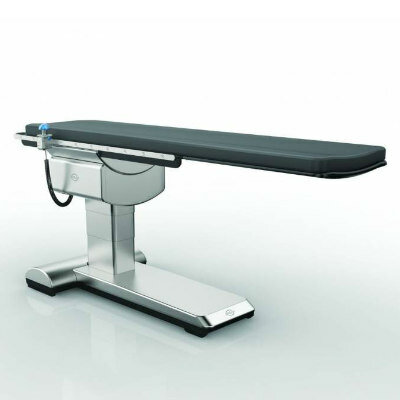CT and MRI Helpful as First Line Detection of Duodenocaval Fistula
By MedImaging International staff writers
Posted on 14 Jun 2010
Duodenocaval fistula (DCF) is an uncommon but deadly clinical entity. The high mortality has been attributed to the difficulty of diagnosis before attempts at definitive therapy. A new assessment addresses the diagnostic significance of computed tomography (CT) and magnetic resonance imaging (MRI) for DCF. Posted on 14 Jun 2010
A case report and review of literature on the evaluation was published on May 14, 2010, in the World Journal of Gastroenterology. During a two-month stay in hospital, a small, low-density air bubble appeared in the inferior vena cava (IVC) and gradually enlarged on follow-up CT scans. MRI clearly demonstrated the high-signal enteric contrast medium or thrombus and signal-void air bubbles in the IVC. However, cavography did not reveal the thrombus in the IVC.
The investigators, from the department of radiology, General Navy Hospital (Beijing, China), believed that the thrombus was flushed out by the high-pressure injection of intravenous contrast medium. Noninvasive CT and MRI are suggested by the researchers as a first-line investigation for diagnosis of DCF.














